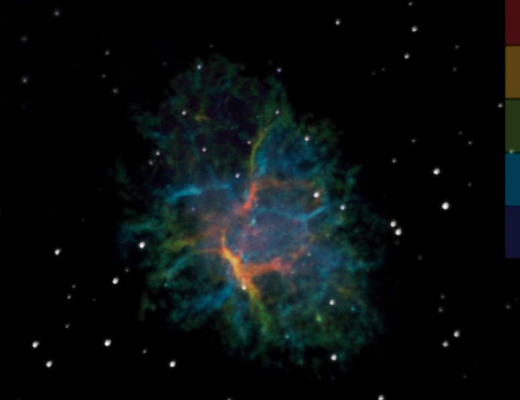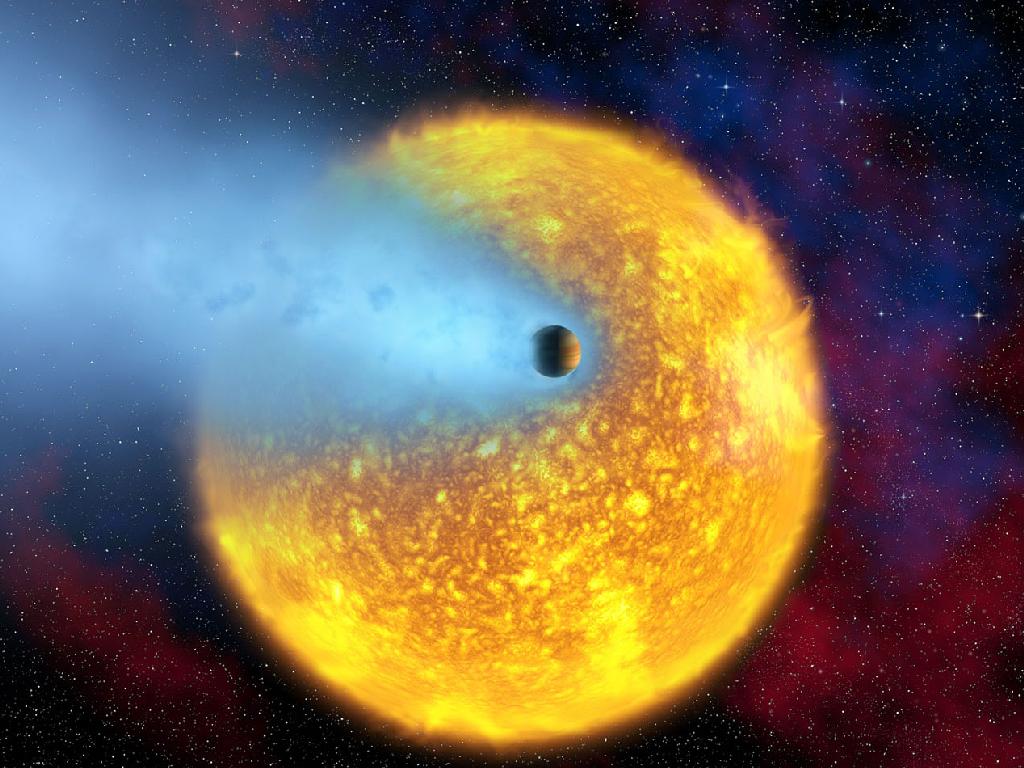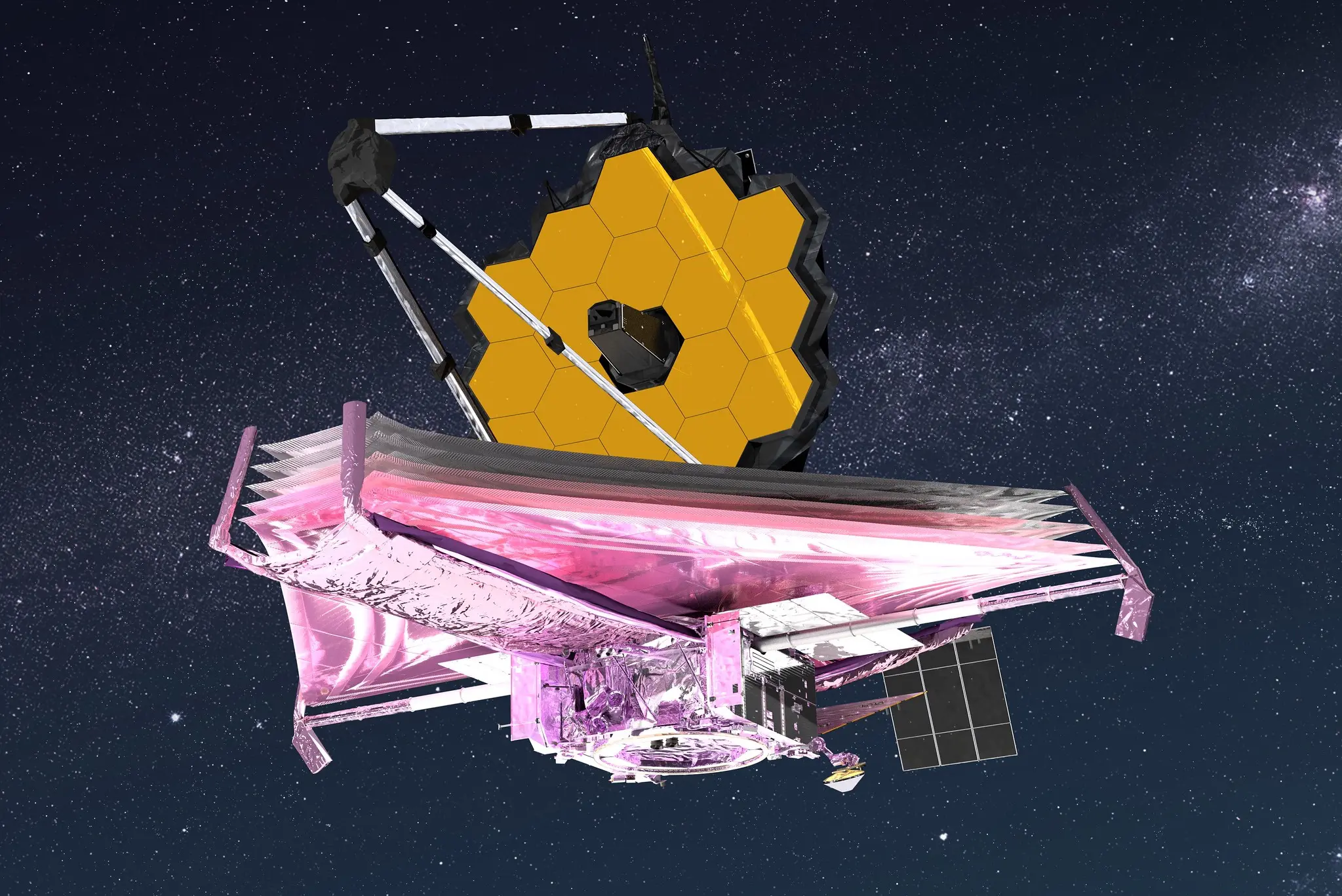New Worlds Found in Our Cosmic Backyard
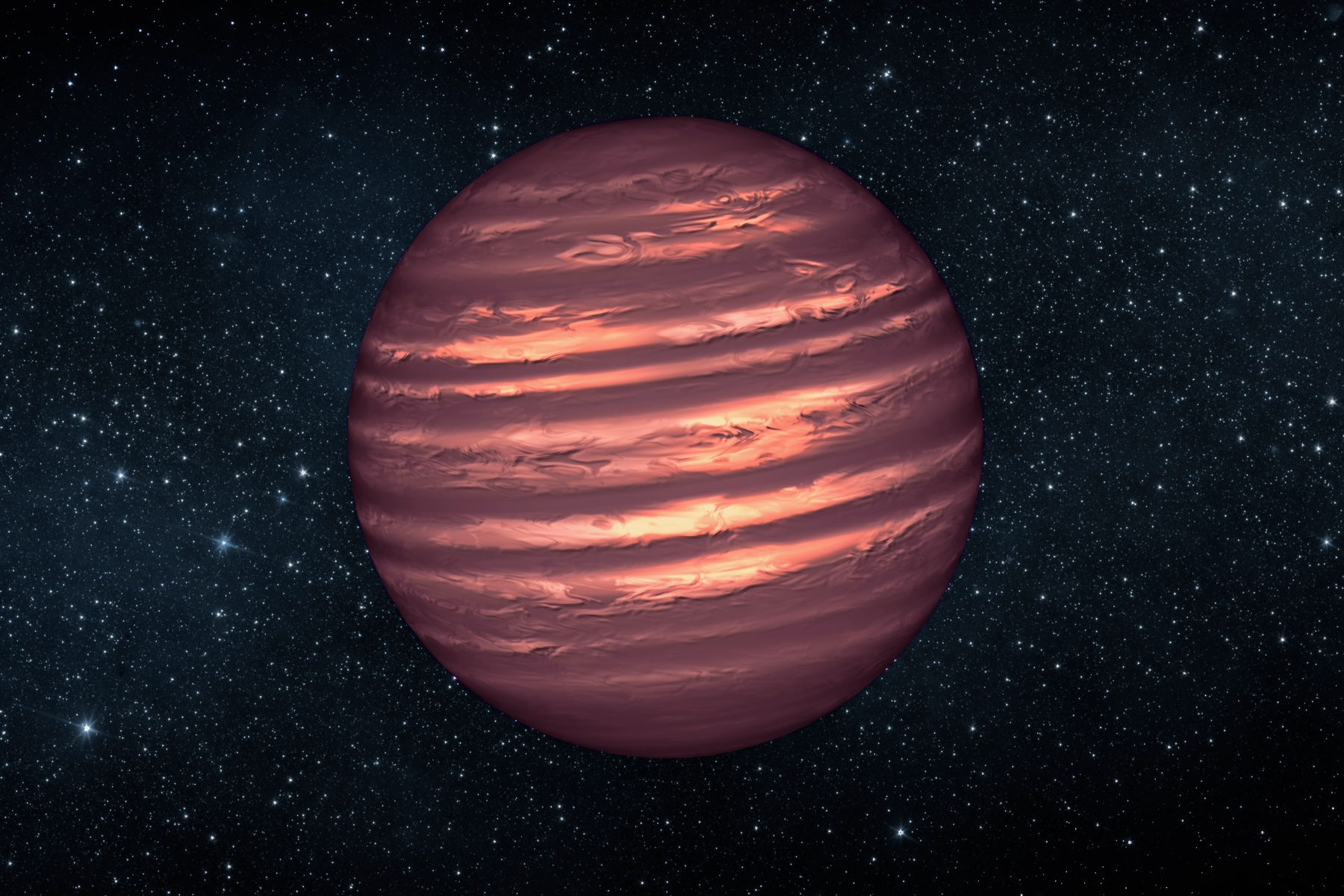
Citizen scientists, aided by the NOIRLab facilities and data from the Observatoire du Mont-Mégantic, have discovered the existence of nearly 100 brown dwarfs in the immediate vicinity of our solar system.
Is the Sun’s neighbourhood truly as well known as some like to claim? Are our surveys complete, or is there something else lurking in our galactic neighbourhood? Today, astronomers report the discovery of a hundred new worlds near our Sun. These cool stars are objects too small to be stars, and are known as “brown dwarfs”. Many of the new “near-stars” discovered by the Backyard Worlds: Planet 9 team are among the coldest known, with a few even approaching Earth’s ambient temperature. They are therefore cold enough to harbour clouds of water. These recent discoveries were made possible by the NOIRLab facilities of the U.S. National Science Foundation (NSF), a data-mining team of volunteers involved in the Backyard Worlds: Planet 9 initiative, a participatory science project, and the Observatoire du Mont-Mégantic (OMM).
The discovery and characterization of astronomical objects close to the Sun are fundamental steps towards a better understanding of our place in the Universe. A remarkable breakthrough in this field was announced today, with the discovery of around 100 brown dwarfs near the Sun. These new discoveries from Backyard Worlds : Planet 9 fill a long-standing gap among low-temperature brown dwarfs, and provide a much more comprehensive picture of the different brown dwarf populations.
“These cold worlds offer the possibility of gaining new insights into the formation and atmospheres of planets beyond the solar system,” says Aaron Meisner, a member of NSF’s NOIRLab and first author of the paper behind these results. “This new set of cold brown dwarfs also allows us to accurately estimate the number of worlds wandering in interstellar space near the Sun.”

Artist’s view of a brown dwarf orbiting a white dwarf. One of the rare discoveries of this study is the oldest known white dwarf/brown dwarf pair with a very large orbital separation. The small white globe represents the white dwarf (the remnant of a long-dead Sun-like star), while the orange-brown object in the foreground is the white dwarf’s companion. This small brown dwarf had been missed by past censuses because it lies directly in the plane of the Milky Way, a region densely populated by background stars complicating automated brown dwarf censuses. Credit: NOIRLab/NSF/AURA/P. Marenfeld, thanks to William Pendrill.
This major breakthrough would not have been possible without the archival data made available by the Community Science and Data Center (CSDC), all the NSF NOIRLab programs, and contributions from the OMM’s 1.6-meter diameter telescope. CSDC data come from several telescopes, including the Nicholas U. Mayall telescope at the Kitt Peak National Observatory (KPNO) and the Víctor M. Blanco telescope at the Inter-American Observatory at Cerro Tololo (CTIO), both with a diameter of 4 meters. These data were then made available to the many volunteers of the Backyard Worlds: Planet 9 project, using the CSDC’s Data Lab platform. The results have now been published in the Astrophysical Journal.
Brown dwarfs are intermediaries between the most massive planets and the smallest stars. Without the mass needed to initiate hydrogen nuclear fusion in their cores, these stars are considered substellar. Their low mass, low temperature and lack of hydrogen fusion make them very faint and, as a result, extremely difficult to detect. This is why, when it comes to studying these cold objects, astronomers concentrate their efforts on the galactic neighborhood close to the Sun.

Translation: This article announces the discovery of around 20 times more new astronomical objects than any previous citizen science publication.
To find these hidden neighbors in our corner of the Galaxy, astronomers on the Backyard Worlds: Planet 9 project have turned to a global network of over 100,000 citizen scientists. These volunteers carefully inspect millions of telescope images to identify the subtle movements of brown dwarfs. Despite great advances in machine learning and supercomputers, nothing beats the human eye when it comes to identifying moving objects.
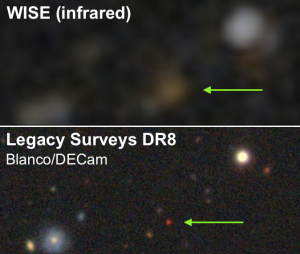
WISEA 0258-3219, a member of the recently released Spitzer Backyard Worlds: Planet 9 sample, is thought to be a brown dwarf 85 light-years from the Sun. These screenshots from Legacy Surveys show how the combination of data from WISE/Blanco/Mayall can aid the process of discovering and monitoring brown dwarfs. Green arrows indicate the brown dwarf, which appears orange in WISE and dark red in Blanco/DECam’s Legacy Surveys data. Credit: WISE/Blanco/Mayall
The keen eyes of Backyard Worlds: Planet 9 volunteers have already discovered more than 1,500 of these “missed stars” close to the Sun, and the scientific paper published this week features 100 of the coolest in this sample. According to Meisner, this is a record for any participatory science program in terms of the quantity of new stars discovered, by a factor of around 20. There are even, among these volunteers, 20 citizen scientists included as co-authors of the study. A handful of these cold worlds even have an atmosphere with a temperature similar to that of Earth. NASA’s Spitzer space telescope enabled scientists to estimate the temperature of these brown dwarfs. Other observatories, including the Observatoire du Mont-Mégantic (OMM), assisted the scientists by identifying in advance which targets were most promising for subsequent observations with the Spitzer space telescope. Scientists also used the NIRES instrument at the Keck observatory, and the FIRE instrument at the Magellan-Baade telescope, to measure the atmospheric composition of some of these brown dwarfs.
The NOIRLab data laboratory also played a key role in this research, as Aaron Meisner explains. “The technical burden of downloading these catalogs, containing billions of astronomical objects, is usually insurmountable for individual researchers, including most professional astronomers! Fortunately, Data Lab’s accessible web portal has made it easy for the many citizen scientists of Backyard Worlds: Planet 9 to consult the massive catalogs of infrared images.” Data Lab also enables convenient matching between datasets from NOIRLab telescopes and external facilities, such as the WISE satellite, which jointly contributed to these brown dwarf discoveries.

The Observatoire du Mont-Mégantic (OMM) also contributed to the discovery of these new brown dwarfs by lending a hand to the scientists. The OMM identified in advance which targets were most promising for subsequent observations with the Spitzer space telescope. Credit: Rémi Boucher
This approach of the Backyard Worlds: Planet 9 project, i.e. the search for rare objects in large data sets, is also one of the scientific objectives of the forthcoming Vera C. Rubin Observatory, a program of NSF’s NOIRLab. Currently under construction on Cerro Pachón mountain in Chile’s Atacama Desert, the Rubin Observatory will attempt to image the entire Southern Hemisphere every third night for ten years. There’s no doubt that this vast amount of data will make possible new ways of doing astrophysical research.
“These vast modern datasets are making landmark discoveries possible, and it’s exciting that they can also be made by citizen scientists,” concludes Aaron Meisner. “These discoveries from Backyard Worlds: Planet 9 demonstrate that the public can play an important role in our scientific understanding of the solar neighbourhood.”
About the Study
The article Spitzer Follow-up of Extremely Cold Brown Dwarfs Discovered by the Backyard Worlds : Planet 9 Citizen Science Project will appear in Astrophysical Journal. In addition to Jonathan Gagné (Université de Montréal and Rio Tinto Alcan Planetarium), the paper’s 6th author, the team includes lead author Aaron Meisner, assistant scientist at the National Science Foundation’s NOIRLab, Jacqueline K. Faherty, of the Physics Department at the American Museum of Natural History, and more than 38 other co-authors.
Contact
Jonathan Gagné
Science Consultant
Planétarium Rio Tinto Alcan | Espace pour la vie, Montréal, Canada
jonathan.gagne@montreal.ca
Additional Links
Scientific Article
NOIRLab Press Release
Blog Article – Backyard Worlds : Planet 9
Project Backyard Worlds: Planet 9
